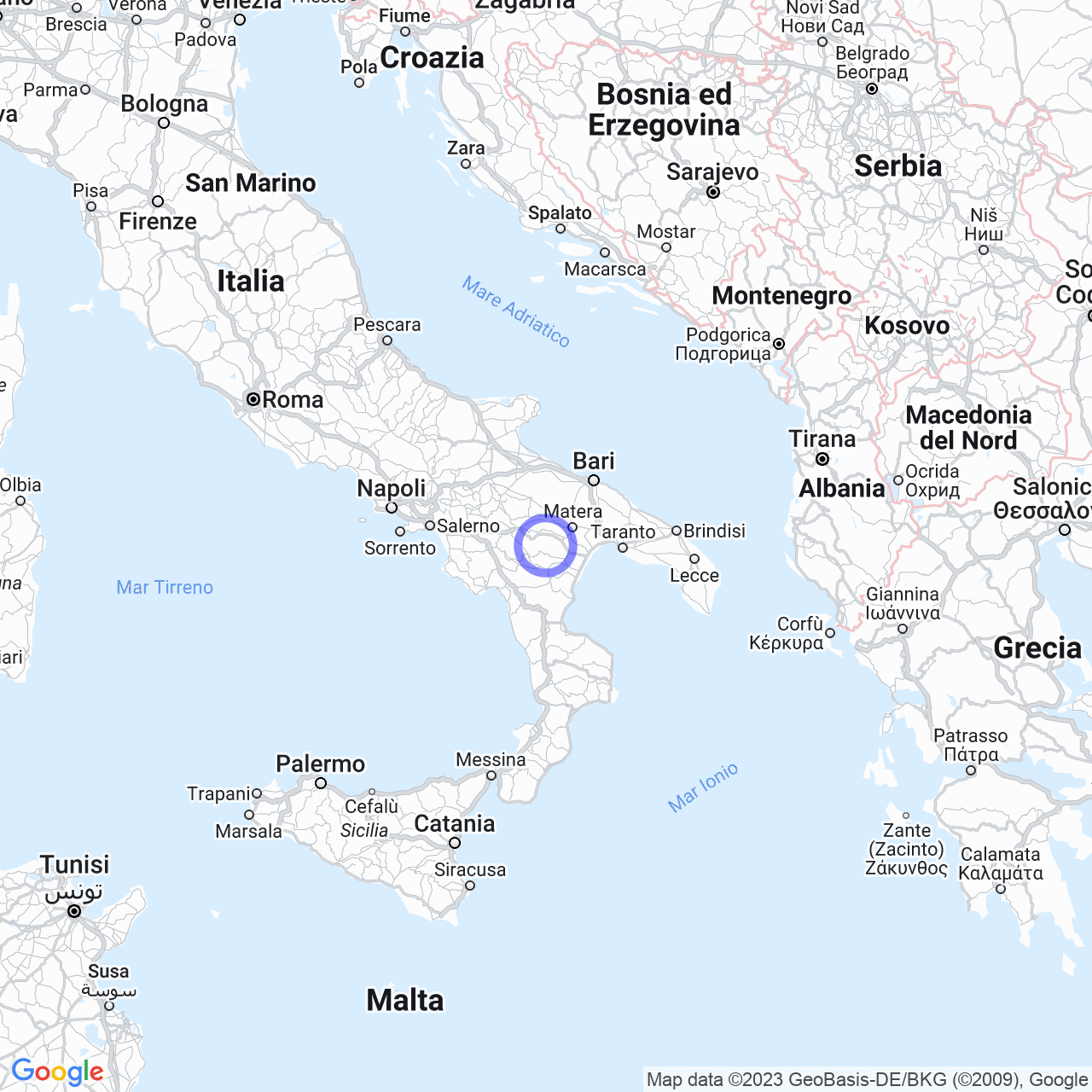San Mauro Forte
Discovering San Mauro Forte
Hi! Today I am going to take you on a journey to discover San Mauro Forte, a small municipality in the province of Matera, located in the Basilicata region. With its 1,282 inhabitants, San Mauro Forte is situated on a hill at an altitude of 540 meters. Its territory is bordered by other municipalities in the province, such as Salandra, Oliveto Lucano, Garaguso, Ferrandina, Craco, and Stigliano. Furthermore, it is included in the Collina Materana mountain community and affiliated with the National Association of Oil Cities. However, this is just a small part of the history of this place. Let’s discover more!
A Millenary History
San Mauro Forte can boast a millenary history, as demonstrated by numerous archaeological findings, including a construction in the "Timponi" location dating back to the 8th century BC and some tombs dating back to the 4th century BC. The current inhabited center was founded in the Norman era, around 1060, and takes its name from an ancient Benedictine monastery dedicated to Mauro, located in the area. The village was completely fortified with four access gates, one of which is still present, while a three-story tower was built on the east side, which is now located in the main square. The fortified village of San Mauro Forte was able to repel the bands of Spanish bandit José Borjes in 1861. The adjective "Forte" was then added to the name as a sign of gratitude.
Over the centuries, the city has undergone numerous changes of ownership, passing under the dominion of Orsini Del Balzo, Del Balzo, Sanseverino, Carafa, and Colonna. Only in 1751 did San Mauro manage to liberate itself from the feudal yoke when it was redeemed by four buyers, including the d'Eufemia family, who were already administrators of the old feudal lords.
One of the most significant moments in the history of San Mauro Forte was the popular revolt of March 1940, considered the first revolt against Fascism. Hundreds of peasants rebelled against incorrect tax bills and the political situation, leading to the awareness that one could rebel for the respect of their rights. The revolt cost the lives of two people and led to the arrest of 130 people.

Places of Interest
If you visit San Mauro Forte, there are some places you cannot miss. Among the religious buildings, the main church is Santa Maria Assunta, built in 1553, which preserves a 16th-century astile cross and a canvas from the 1700s. Not too far away is the imposing church of the Annunziata, built by Franciscans starting from the end of the 15th century, together with the large monastery, which is five stories high and occupies an area of 4000 square meters. You can also visit the church of San Rocco and the chapel of Santa Maria del Rosario. However, it is not only the churches that attract visitors. San Mauro Forte also boasts a very interesting defensive structure, the zigzagged rampart cylindrical tower, completely rebuilt during the 1450s and erroneously attributed to Norman purposes.
Conclusion
There you have it, I have taken you on a journey to discover San Mauro Forte, a place rich in history and places to explore. With its ancient origins, fortifications of the village, and numerous churches, San Mauro Forte is an ideal destination for lovers of history and art. I suggest you also visit the municipality of Matera to discover more treasures of Southern Italy. Have a safe trip!
